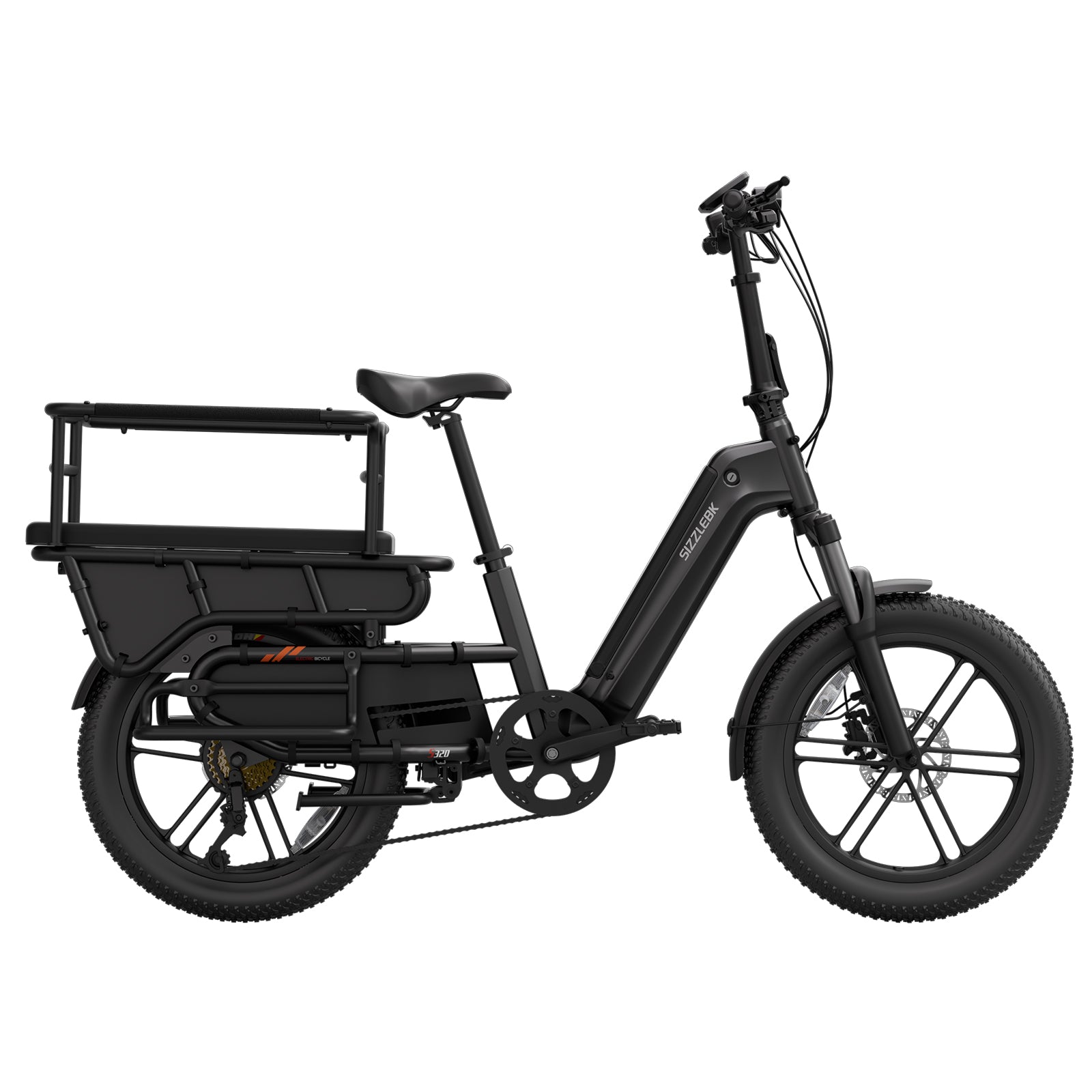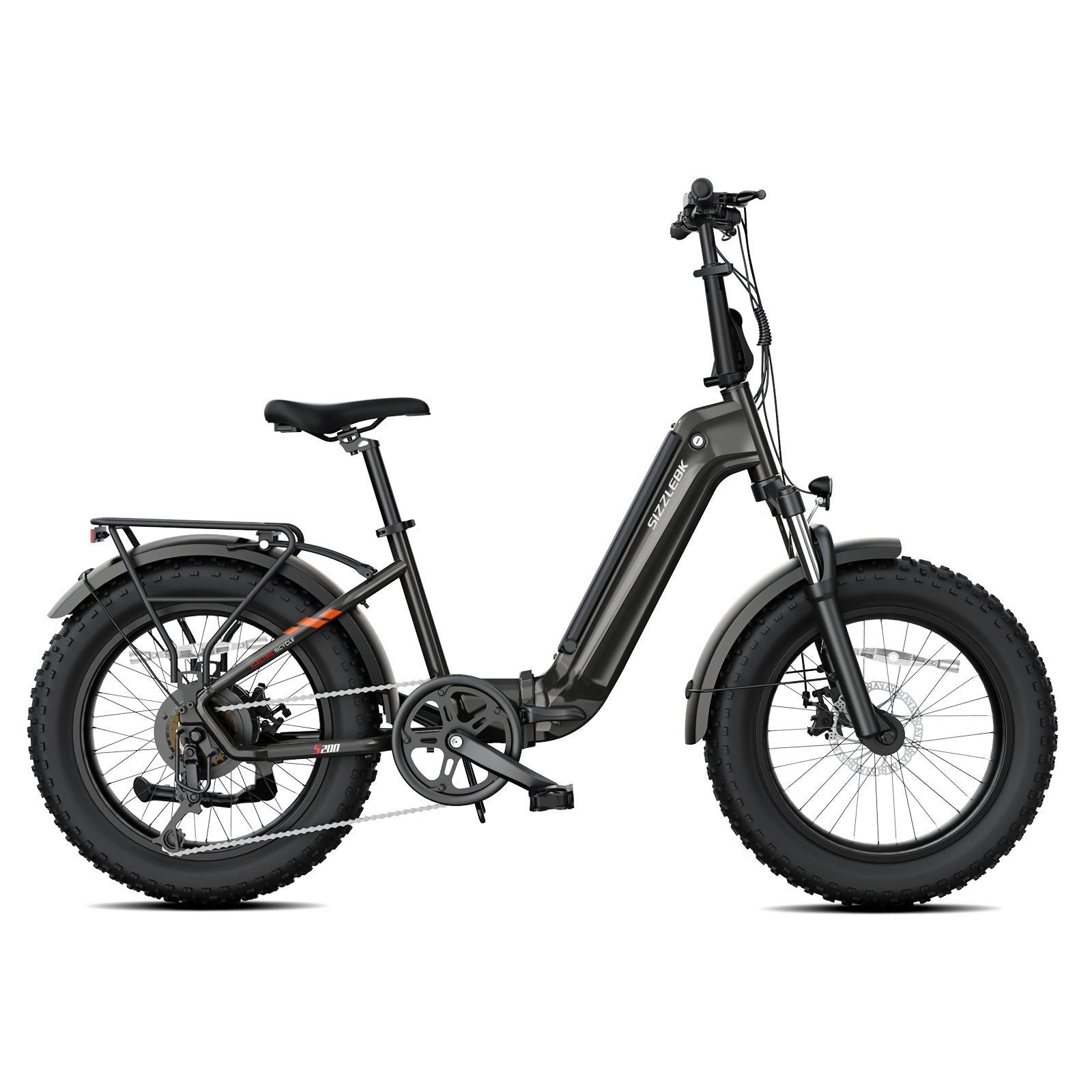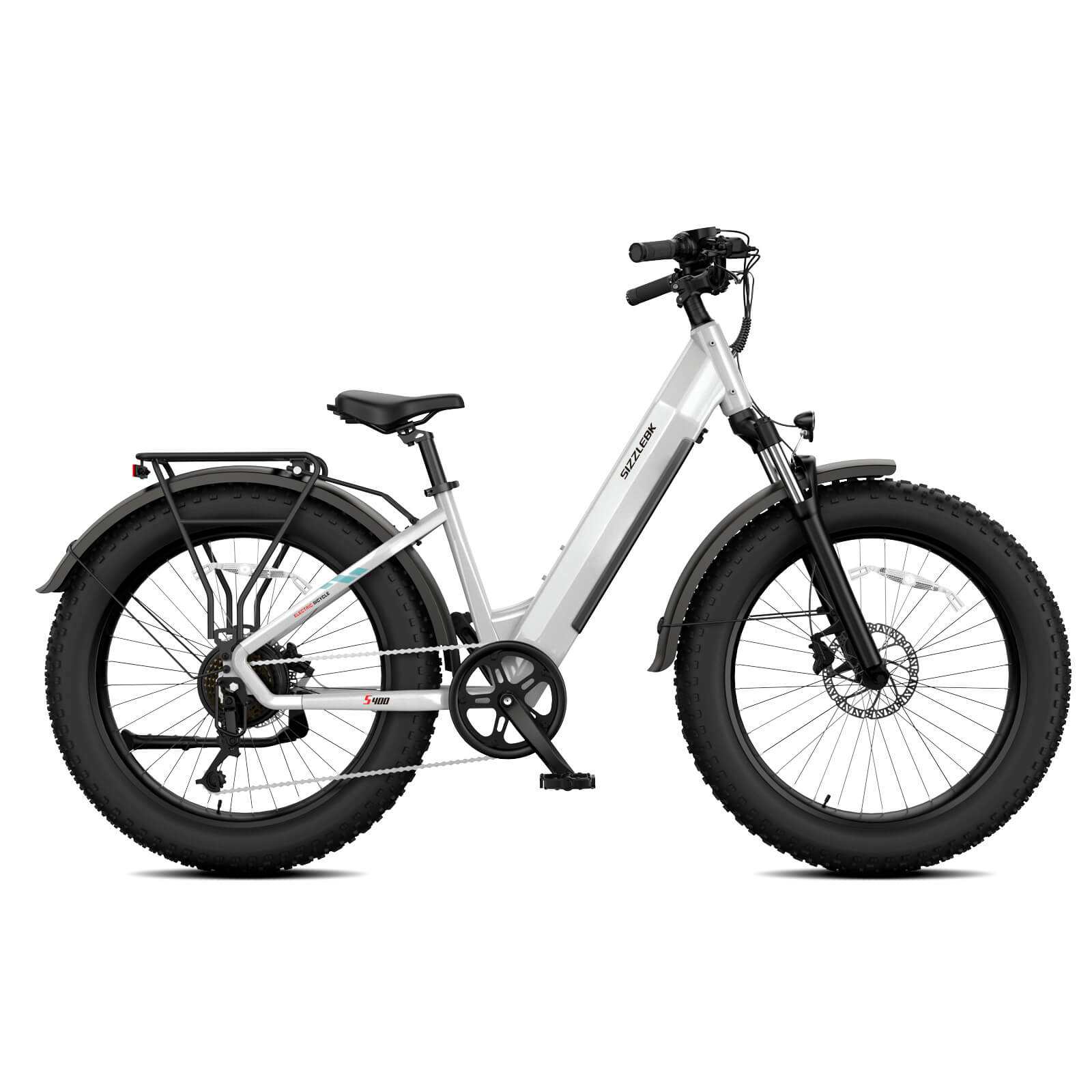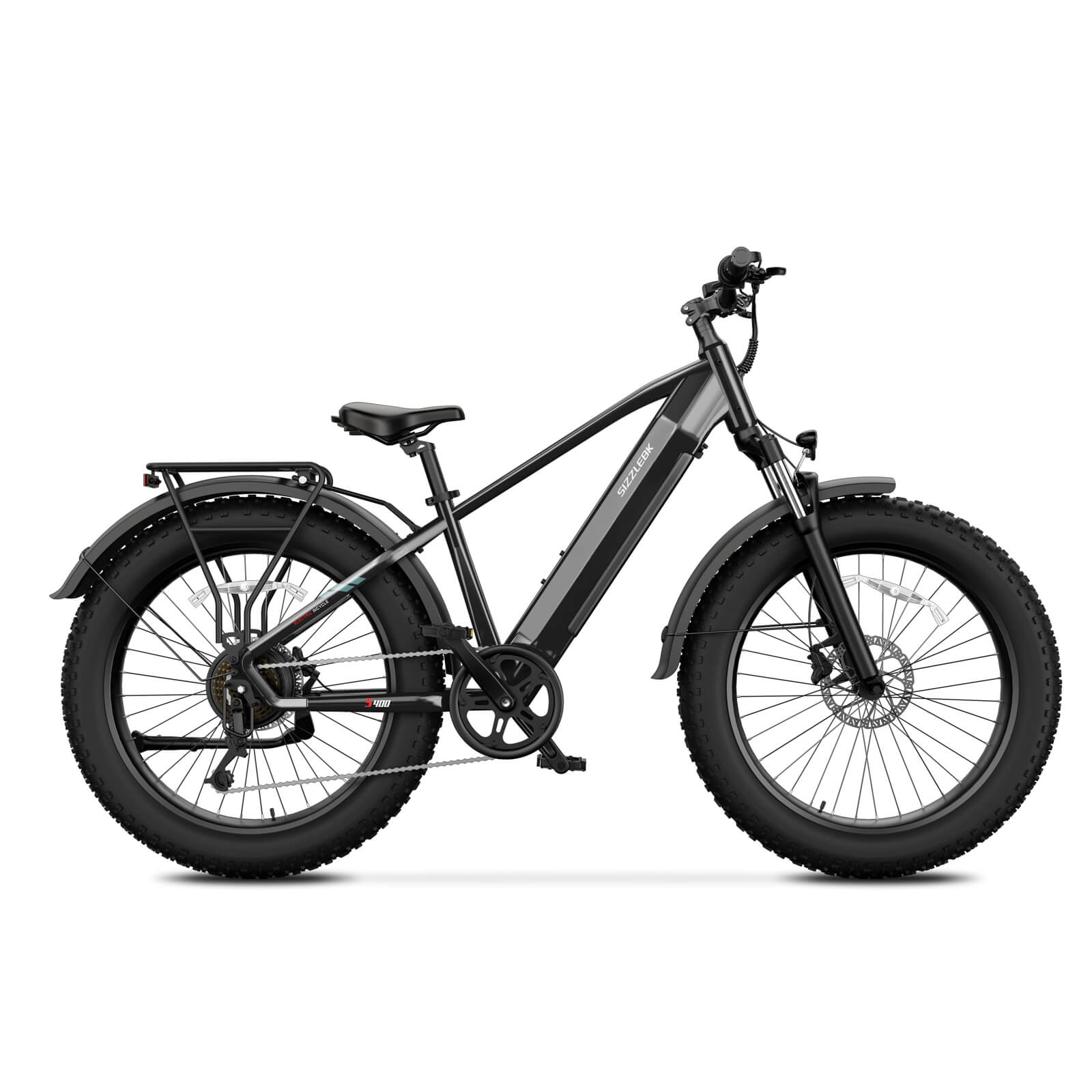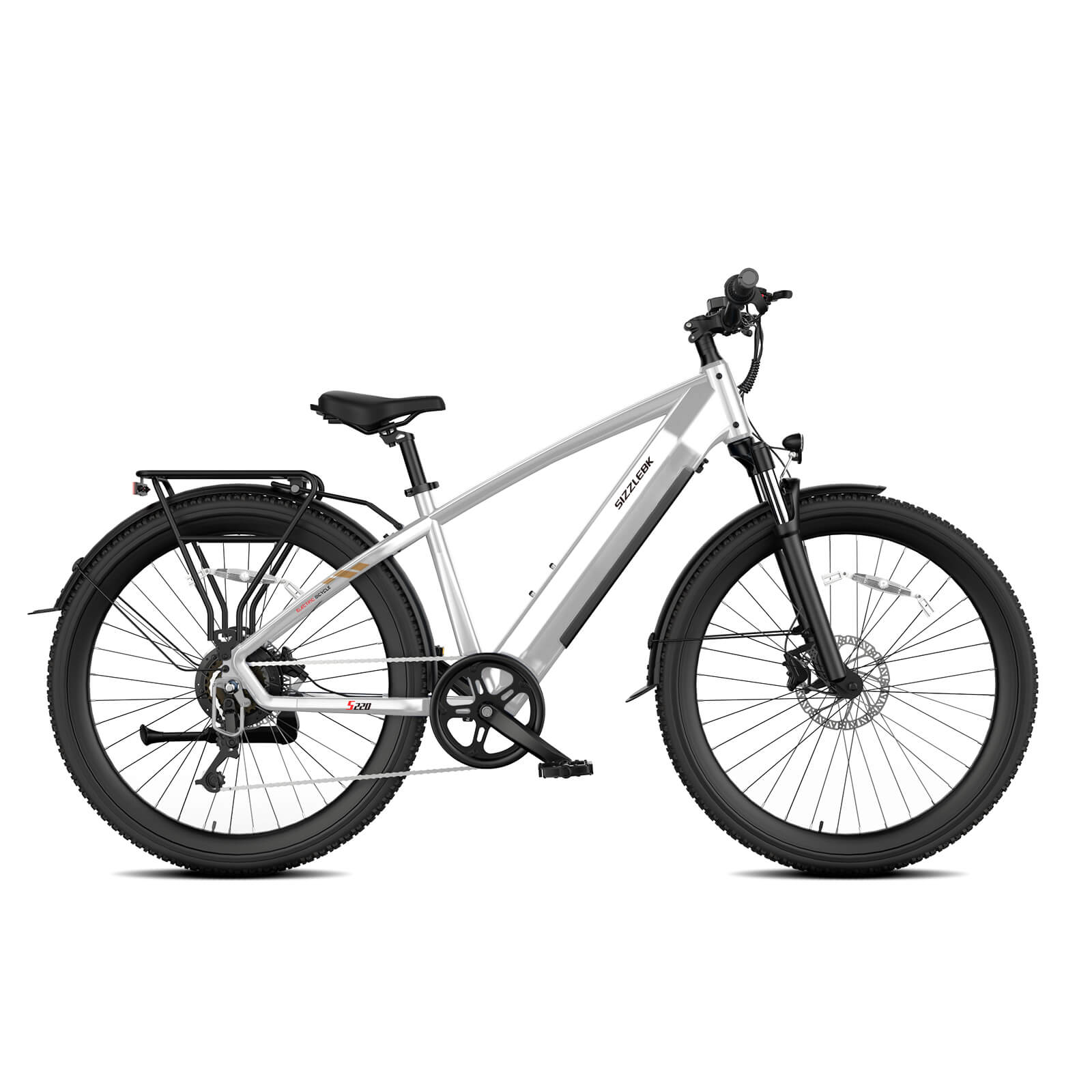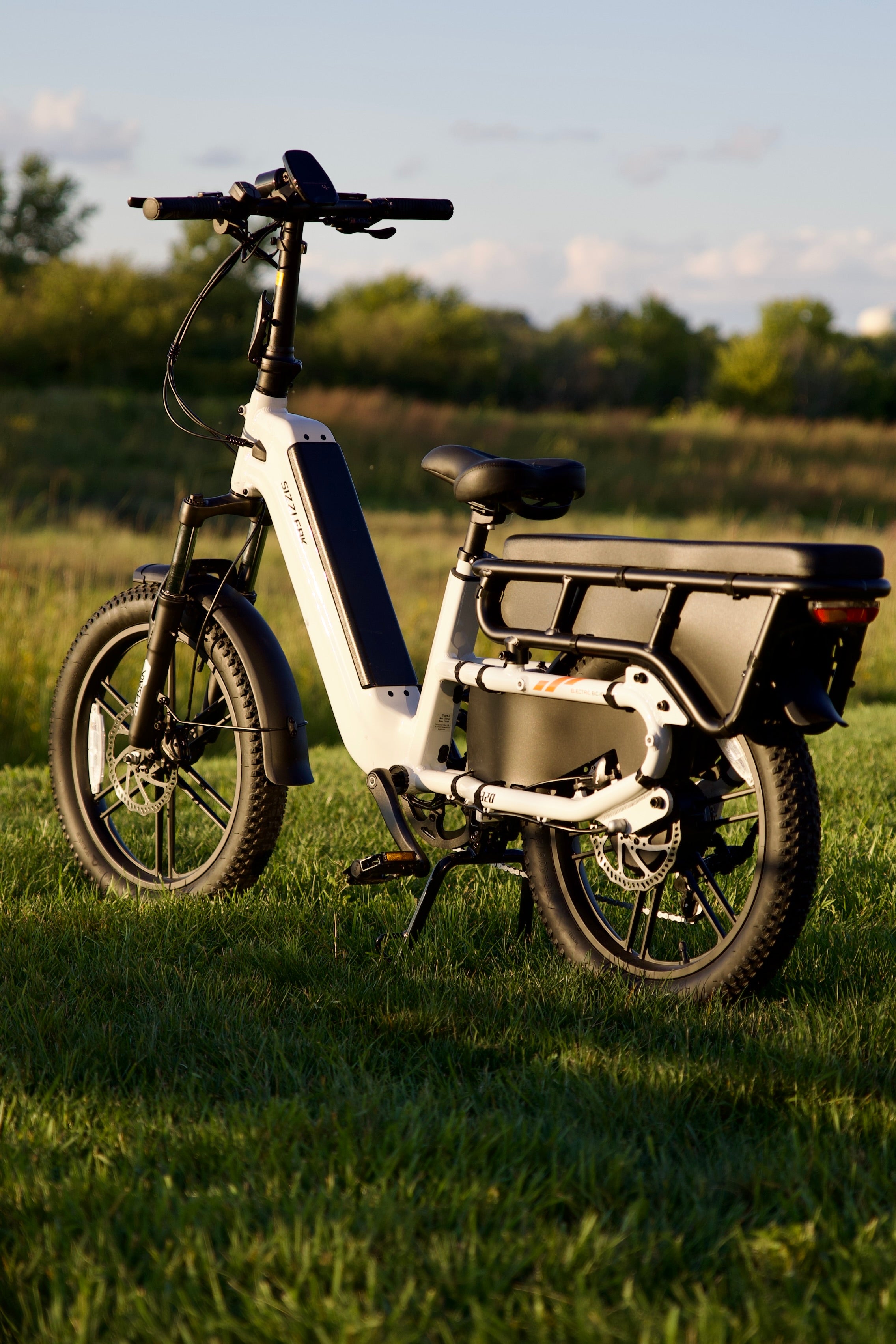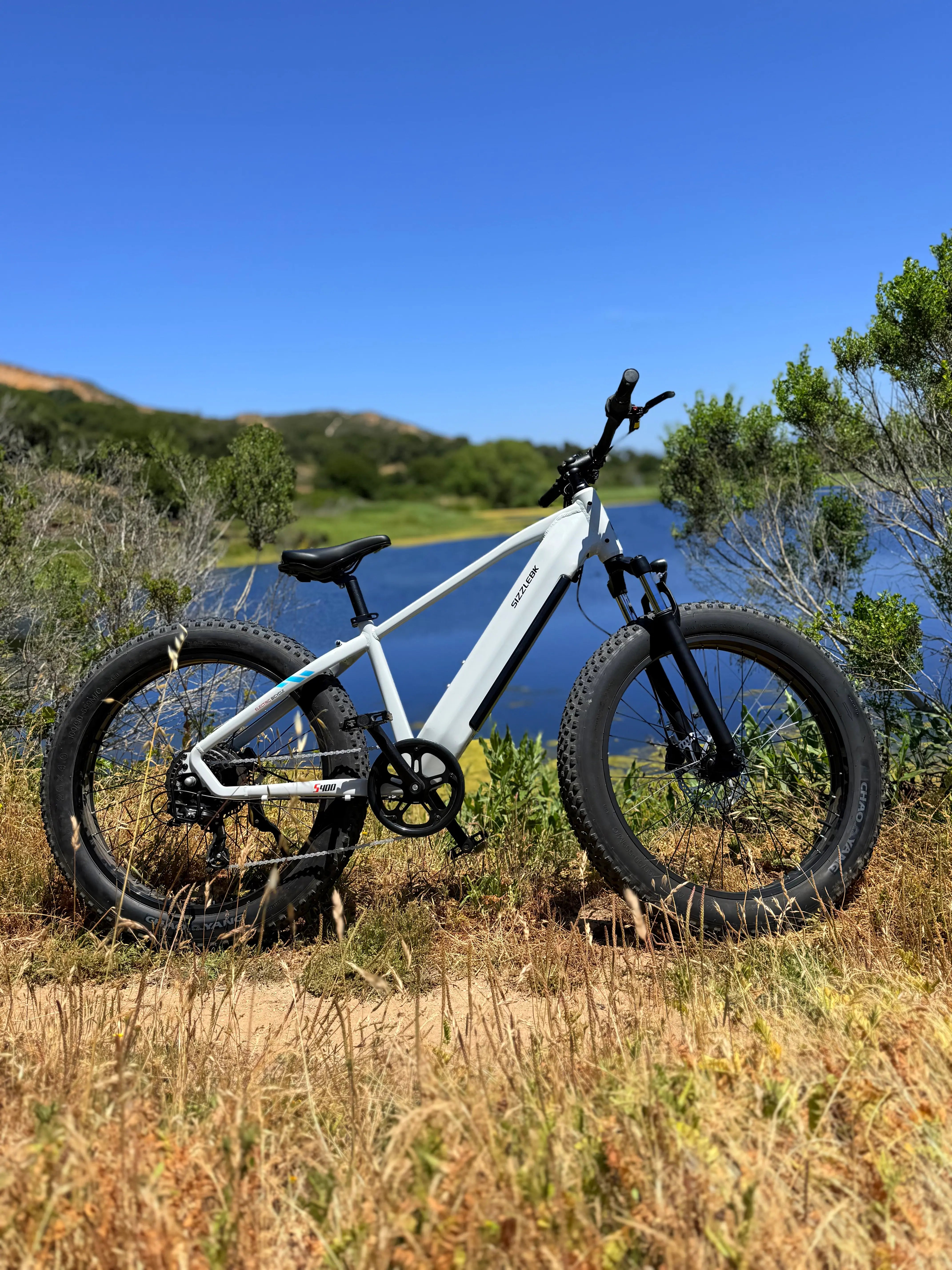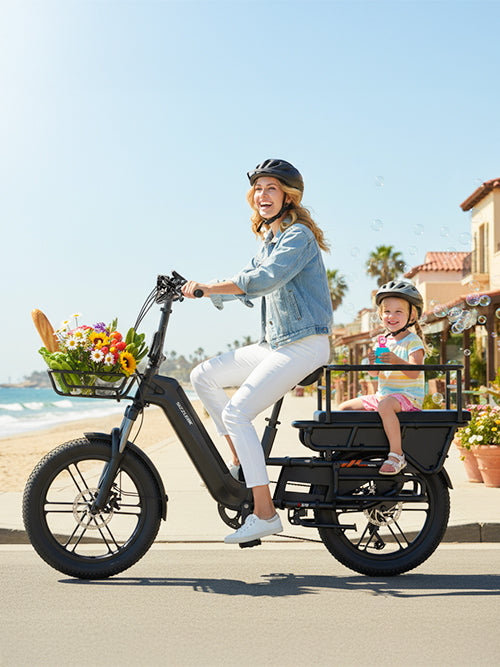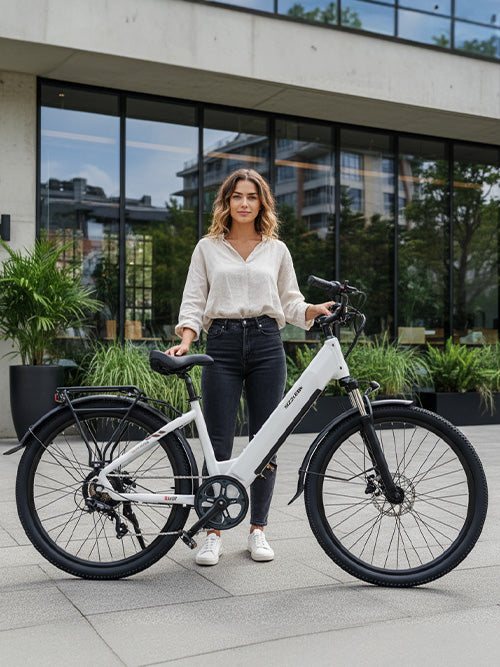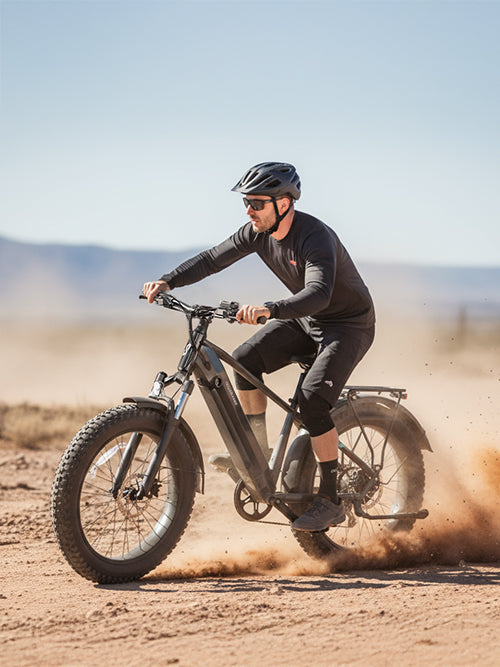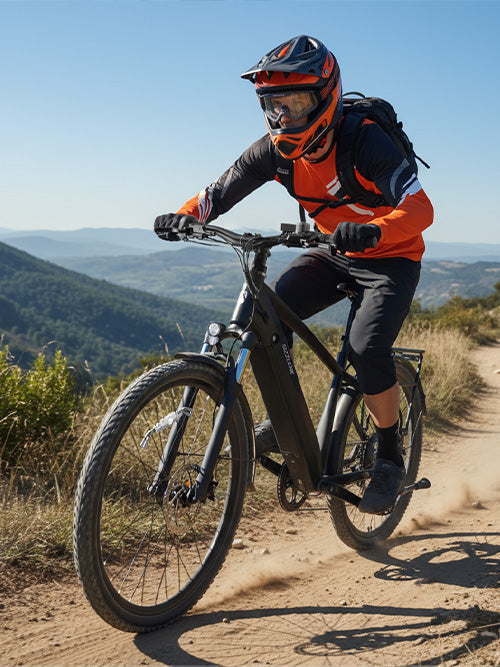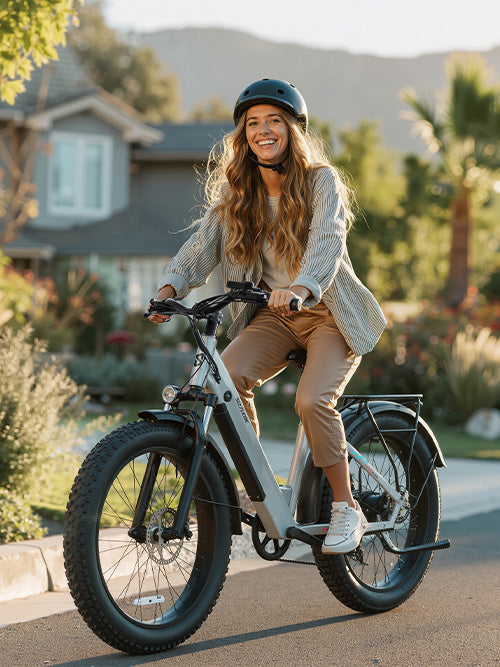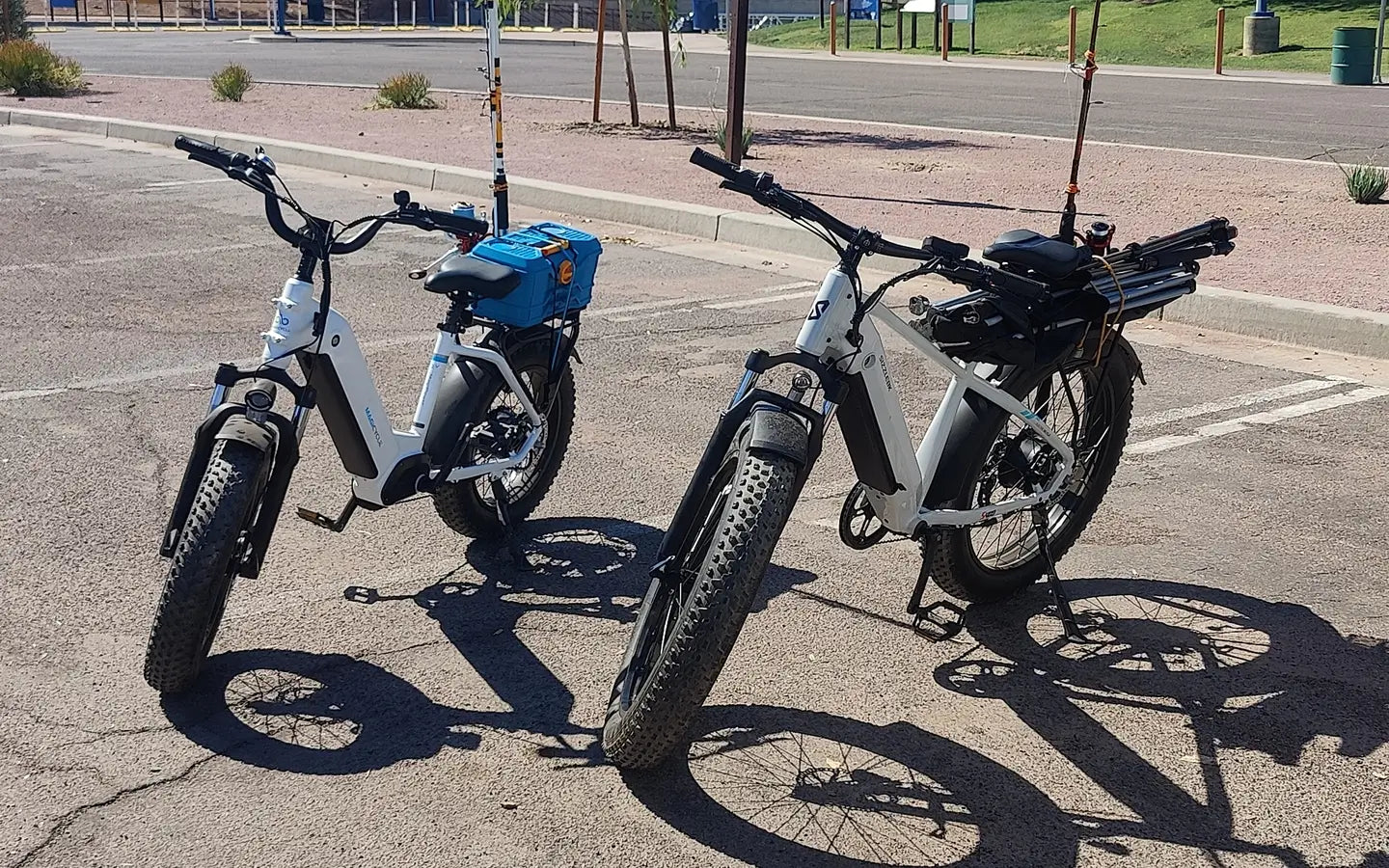what is a class 3 ebike
As electric bikes continue to rise in popularity, the term "Class 3 eBike" has become more prevalent in discussions about sustainable and efficient transportation. But what exactly does it mean? Class 3 eBikes, often referred to as fast electric bikes, are one of the three categories of eBikes defined by the industry. They are specifically designed to cater to riders who desire a blend of speed and endurance. In this article, we'll break down what makes a Class 3 eBike distinct, explore its features, and discuss why it might be the right choice for your cycling needs.
The rise of eBikes represents a significant shift in how people view personal transportation. With concerns about climate change and urban congestion growing, eBikes offer a practical solution for many commuters. Class 3 eBikes, in particular, are becoming a popular choice for those who need a reliable and speedy alternative to traditional vehicles. By understanding the nuances of these bikes, potential riders can make informed decisions about their next purchase.
Understanding eBike Classifications
Electric bikes are divided into three classes based on their speed, motor assistance, and how they operate. This classification system plays a crucial role in helping riders and regulators understand what to expect from different types of eBikes. Here's a quick overview:
- Class 1 eBikes: These bikes provide motor assistance only when the rider is pedaling and stop assisting at 20 mph. They are ideal for casual riders who enjoy the sensation of cycling with a little extra help. They are also more widely accepted on bike paths and trails due to their lower speed.
- Class 2 eBikes: Equipped with a throttle, these bikes can propel the rider without pedaling and also cap at 20 mph. This makes them a great option for those who might need a break from pedaling or require additional assistance, such as older adults or individuals with mobility challenges. However, the presence of a throttle can sometimes lead to restrictions in certain areas.
- Class 3 eBikes: Often called speed pedelecs, these bikes assist while pedaling and have a top speed of 28 mph. They are designed for those who need to cover longer distances in a shorter amount of time, offering an efficient solution for urban commutes. Their speed and performance make them particularly appealing to commuters and fitness enthusiasts alike.
In this article, our focus will be on Class 3 eBikes, their features, advantages, and the considerations you should keep in mind before buying one.
Features of a Class 3 eBike
Speed and Power
Class 3 eBikes are designed for those who crave speed and efficiency. They offer motor assistance up to 28 mph, making them the fastest among the standard eBike classifications. This feature is particularly beneficial for commuters who need to cover long distances quickly, reducing travel time and increasing efficiency.
The power of a Class 3 eBike is derived from its robust motor, which typically ranges from 500 to 750 watts. This power enables the bike to maintain higher speeds even when navigating inclines or challenging terrain. For riders who frequently travel through busy urban areas, this speed can help keep pace with traffic, providing a smoother and more predictable commuting experience.
Pedal Assist Only
Unlike Class 2 eBikes, Class 3 models do not have a throttle. This means you need to pedal to engage the motor. The pedal-assist feature amplifies your pedaling efforts, making it easier to maintain higher speeds with less physical exertion. This design encourages an active riding style, blending the benefits of traditional cycling with the advantages of an electric motor.
The absence of a throttle also means that Class 3 eBikes offer a more authentic cycling experience. Riders can enjoy the satisfaction of pedaling while still benefiting from the motor's assistance. This can lead to a more engaging and rewarding ride, making it an excellent choice for those who enjoy the physical aspect of cycling but want to extend their range and speed.
Motor and Battery
Class 3 eBikes typically come equipped with powerful motors, ranging from 500 to 750 watts, which provide the necessary boost to reach those higher speeds. The strength of the motor is a key feature that distinguishes Class 3 eBikes from other classes, allowing for a more dynamic and responsive ride.
In addition to powerful motors, Class 3 eBikes feature robust batteries capable of supporting longer rides at higher speeds. These batteries are designed to withstand the demands of frequent use and rapid travel. However, it's important to note that the range can be affected by factors such as usage patterns, terrain, and rider weight, so potential buyers should consider their specific needs when evaluating battery options.
Safety Features
Due to their higher speeds, many Class 3 eBikes include additional safety features such as hydraulic disc brakes for better stopping power. The enhanced braking system is crucial for maintaining control and safety at higher speeds. Integrated lights for visibility are also common, ensuring that riders are seen by other road users, especially in low-light conditions.
Moreover, Class 3 eBikes often have reinforced frames to handle the increased stress of faster travel. These frames are designed to provide stability and durability, ensuring that the bike can withstand the rigors of daily use. Some models may also include advanced features like suspension systems to enhance comfort, making them a well-rounded option for various riding conditions.
Advantages of a Class 3 eBike
Efficient Commuting
If you're looking to beat traffic and reduce your commute time, a Class 3 eBike is an excellent option. The higher speed limits allow you to keep pace with urban traffic, making it a viable alternative to traditional vehicles for city commuting. This can significantly reduce the time spent traveling, allowing you to arrive at your destination more quickly and with less stress.
In addition to saving time, Class 3 eBikes offer an efficient mode of transportation that can help alleviate congestion in busy urban areas. By choosing an eBike over a car, you're contributing to a reduction in traffic volume, which can lead to a more pleasant and streamlined commuting experience for everyone on the road.
Fitness Benefits
While the motor provides significant assistance, you still need to pedal, which means you'll be getting a workout. Class 3 eBikes can help you maintain fitness by encouraging longer rides and more frequent use due to the ease and speed they offer. This makes them an appealing choice for those looking to incorporate more physical activity into their daily routine without the intensity of traditional cycling.
The combination of assisted pedaling and higher speeds means that you can cover more ground in less time, making it easier to fit cycling into a busy schedule. Whether you're using the bike for commuting, errands, or leisure, the fitness benefits of a Class 3 eBike can contribute to improved cardiovascular health and increased endurance.
Eco-Friendly Transportation
Switching to an eBike for your daily commute reduces your carbon footprint. Class 3 eBikes, with their efficient motor and battery systems, are an environmentally friendly alternative to cars and public transportation. By choosing an eBike, you're making a positive impact on the environment by reducing emissions and conserving energy.
In addition to their environmental benefits, eBikes can also lead to cost savings over time. With lower operational costs compared to cars and the potential for reduced public transportation expenses, eBikes offer an economical solution for sustainable travel. The combination of environmental and financial benefits makes them an attractive option for eco-conscious individuals.
Considerations Before Buying a Class 3 eBike
Legal Requirements
Before purchasing a Class 3 eBike, it's essential to understand the local regulations regarding their use. In some areas, Class 3 eBikes are restricted from certain bike paths and trails due to their higher speeds. Always check your local laws to ensure compliance and avoid potential fines or restrictions.
Understanding the legal requirements is crucial not only for compliance but also for ensuring your safety and the safety of others. Regulations may vary significantly between regions, so it's important to familiarize yourself with the rules in your area. This knowledge will help you navigate your eBike confidently and legally wherever you choose to ride.
Cost
Class 3 eBikes tend to be more expensive than Class 1 or Class 2 models, primarily due to their more powerful motors and advanced features. It's important to consider your budget and weigh the benefits of the increased speed and performance against the higher cost. While the initial investment may be higher, the long-term benefits of owning a Class 3 eBike can justify the expense for many riders.
When evaluating cost, consider not only the purchase price but also the potential savings on transportation costs, such as fuel and parking. Additionally, the durability and advanced features of Class 3 eBikes may lead to lower maintenance expenses over time, contributing to their overall value.
Maintenance
With greater power and speed come increased wear and tear. Regular maintenance is crucial to keep your Class 3 eBike in top condition. Be prepared for more frequent tune-ups and potential part replacements to ensure optimal performance and safety.
Routine maintenance may include checking and adjusting the brakes, inspecting the tires and suspension, and ensuring the motor and battery are functioning correctly. Investing time and resources into maintaining your eBike will not only extend its lifespan but also enhance your riding experience by preventing unexpected issues and ensuring reliable performance.
Choosing the Right Class 3 eBike
Assess Your Needs
Before selecting a Class 3 eBike, evaluate your riding habits. Are you using it primarily for commuting, fitness, or leisure? Understanding your primary use will help guide your decision in terms of battery capacity, motor power, and additional features. Consider the distances you plan to travel, the type of terrain you will encounter, and your personal preferences for ride quality and style.
By clearly defining your needs, you can narrow down your options and focus on models that align with your specific requirements. This targeted approach will make the selection process more efficient and increase the likelihood of finding the perfect eBike for your lifestyle.
Test Ride Different Models
Whenever possible, test ride several models to get a feel for the handling, comfort, and performance. Pay attention to the bike's responsiveness, braking power, and overall ride quality to ensure it meets your expectations. A test ride can provide valuable insights into the bike's ergonomics and how it fits your body, which are crucial factors in ensuring a comfortable and enjoyable ride.
Testing different models allows you to compare the features and performance of each bike, helping you identify which one best suits your needs. It's also an opportunity to assess the quality of the components and get a sense of the overall build and durability of the eBike.
Consult Experts
Visit local bike shops and consult with experts to get personalized advice. They can provide insights into the best models for your needs and help ensure you make an informed purchase. Experienced staff can answer any questions you have about specific features, maintenance, and compatibility with local regulations.
Engaging with experts can also provide an opportunity to learn about the latest trends and technologies in the eBike industry. Their knowledge and experience can be invaluable in guiding you through the selection process, ensuring you choose a Class 3 eBike that meets your expectations and enhances your cycling experience.
Conclusion
Class 3 eBikes offer a thrilling combination of speed, efficiency, and eco-friendly transportation. Whether you're a commuter looking to reduce travel time, a fitness enthusiast seeking a new challenge, or someone interested in sustainable travel, a Class 3 eBike might be the perfect fit. As you explore your options, remember to consider your needs, budget, and local regulations to make the best choice.
By understanding what a Class 3 eBike offers, you can make an informed decision that aligns with your lifestyle and cycling goals. The right eBike can transform your daily routine, providing a convenient and enjoyable mode of transportation that benefits both you and the environment. Happy riding!
1. What is the difference between a Class 2 and Class 3 eBike?
Class 2 eBikes have a throttle and provide motor assistance up to 20 mph, with or without pedaling. Class 3 eBikes offer pedal assist up to 28 mph, but throttles may or may not be included depending on local laws.
2. What is a Class 4 eBike?
Class 4 eBikes aren’t recognized under federal e-bike classifications. They typically exceed 28 mph or have motors above 750W, making them legally classified as mopeds or motor vehicles in most areas.
3. Do Class 3 eBikes have throttles?
Some Class 3 eBikes come with throttles limited to 20 mph, but not all. Throttle use for Class 3 eBikes depends on local state regulations. Many states allow them, but others restrict Class 3 to pedal assist only.
4. What is the speed limit of a Class 3 eBike?
Class 3 eBikes can reach speeds up to 28 mph with pedal assistance. If equipped with a throttle, the throttle usually cuts out at 20 mph.
5. Which states allow Class 3 eBikes?
Most U.S. states permit Class 3 eBikes, especially under the widely adopted three-class system. However, regulations vary on age limits, helmet requirements, and throttle use. Always check your state’s specific eBike laws before riding.
